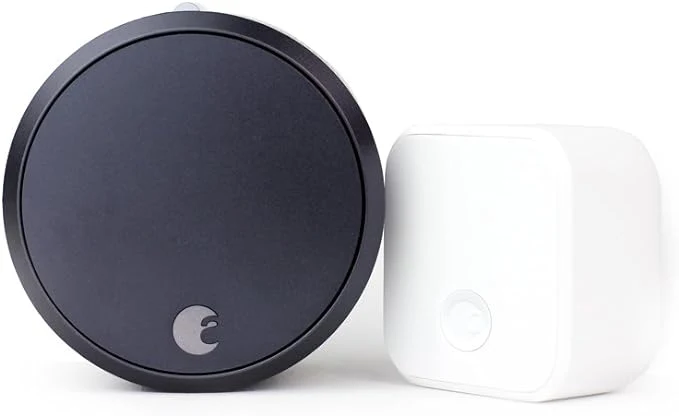In an era where energy conservation is paramount, smart lighting technology has emerged as a game-changer in reducing energy consumption and improving overall energy efficiency. With advancements in the Internet of Things (IoT) and automation, smart lighting systems have transformed traditional lighting into a sophisticated network that not only illuminates spaces but also optimizes energy usage. Let's explore how smart lighting reduces energy consumption and enhances energy efficiency, offering significant benefits for both residential and commercial settings.
Understanding Smart Lighting
Smart lighting refers to advanced lighting systems that can be controlled remotely through smartphones, tablets, or other smart devices. These systems can be integrated into home automation setups or operate independently. They feature energy-efficient LED technology, sensors, and various control options including dimming, color changing, and scheduling capabilities.
Features of Smart Lighting that Drive Energy Efficiency
1. LED Technology: Most smart lighting systems utilize LED bulbs, which consume significantly less energy compared to traditional incandescent or fluorescent bulbs. LEDs convert more energy into light and produce less heat, meaning that a greater percentage of the energy consumed contributes to illumination rather than waste.
2. Remote Control and Scheduling: With smart lighting, users can control their lights from anywhere, allowing them to turn off lights when they leave a room or schedule lights to turn on or off at designated times. This prevents energy waste from lights being left on unnecessarily.
3. Motion Sensors: Many smart lighting systems are equipped with motion sensors that automatically turn lights on or off based on occupancy. For instance, in a commercial office setting, lights can be programmed to turn off in unoccupied areas, significantly reducing energy usage during non-peak hours.
4. Daylight Harvesting: Some advanced smart lighting systems utilize ambient light sensors that adjust artificial lighting based on the amount of natural light available. This feature ensures that artificial lighting is only used when necessary, further conserving energy.
5. Dimming Capabilities: Smart lights can be dimmed to provide the appropriate level of brightness for a given task or mood, allowing for further energy savings. Research shows that reducing the intensity of light can save energy, as fixtures use less power at lower brightness settings.
6. Integration with Smart Home Systems: Smart lighting can be integrated into broader smart home or building management systems, allowing for synchronized control with other energy-consuming devices. This integration can lead to optimized energy usage across the entire property.
Energy Savings
The most direct benefit of smart lighting is its potential for significant energy savings. According to studies, homes that switch to smart lighting can save up to 30-40% of their lighting energy use. In commercial spaces, the savings can be even more pronounced, often leading to reductions of over 50% in lighting-related energy costs.
Cost Reduction
Reduced energy consumption translates into lower utility bills, providing substantial cost savings for both homeowners and businesses. Additionally, many utility companies offer rebates or incentives for energy-efficient upgrades, further reducing initial investment costs.
Environmental Impact
By reducing energy consumption, smart lighting contributes to a significant decrease in greenhouse gas emissions. As the majority of electricity is still produced from fossil fuels, cutting down on energy use also means reducing the carbon footprint associated with lighting.
Enhanced User Experience
Smart lighting systems offer greater flexibility and control over lighting conditions, allowing users to create environments suited to their specific needs. Dimming lights for a movie night or customizing color settings for a party can enhance both comfort and aesthetic appeal.
Smart lighting technology is revolutionizing the way we illuminate our homes and businesses. By utilizing energy-efficient LEDs, occupancy sensors, and automated controls, smart lighting systems not only reduce energy consumption but also lead to substantial cost savings and environmental benefits. With the increasing emphasis on sustainable living and energy efficiency, investing in smart lighting represents not just a practical choice, but also a step toward a greener future. As technology continues to advance, we can expect even more innovative solutions to further enhance the energy efficiency of our lighting systems.












